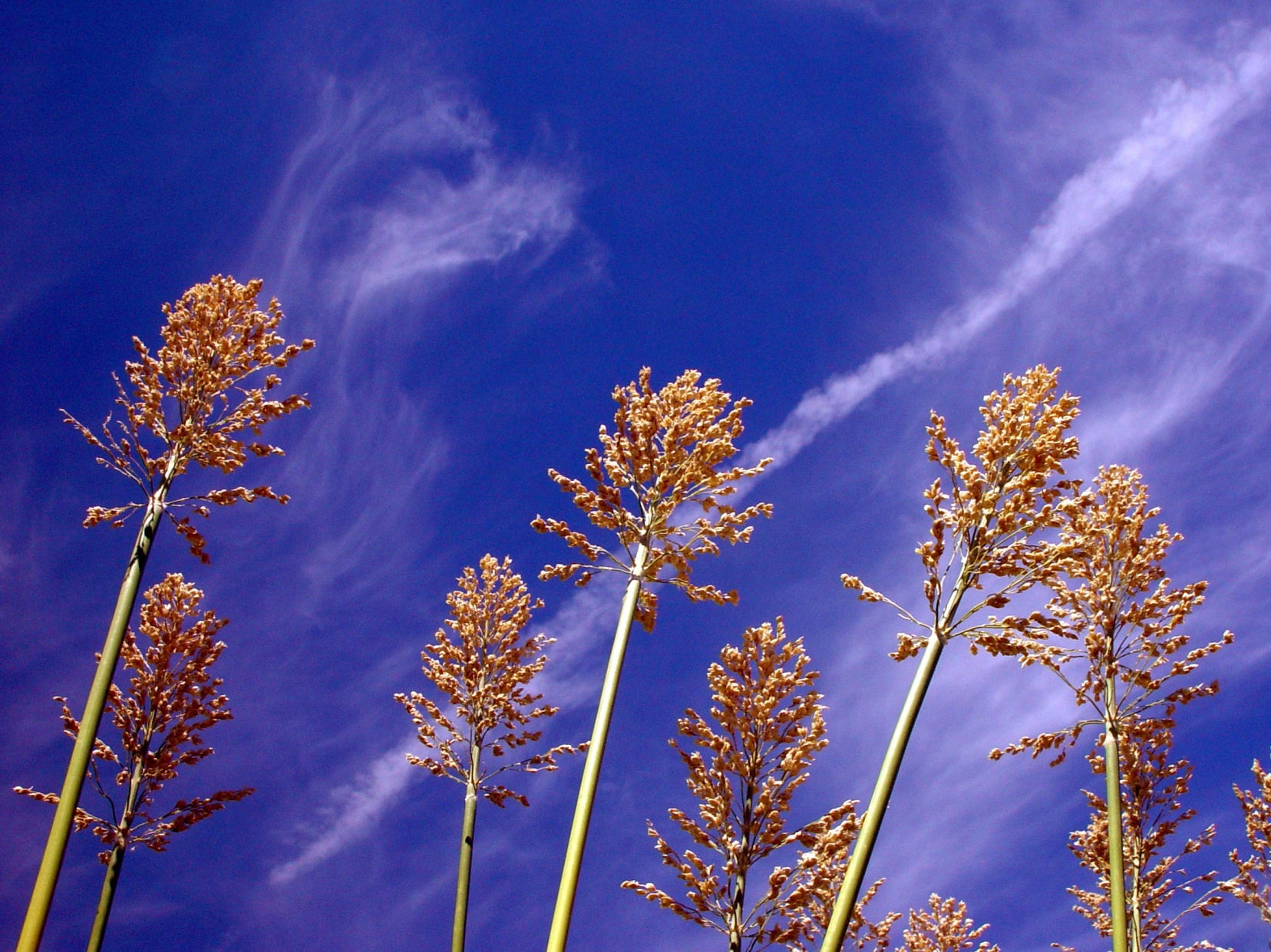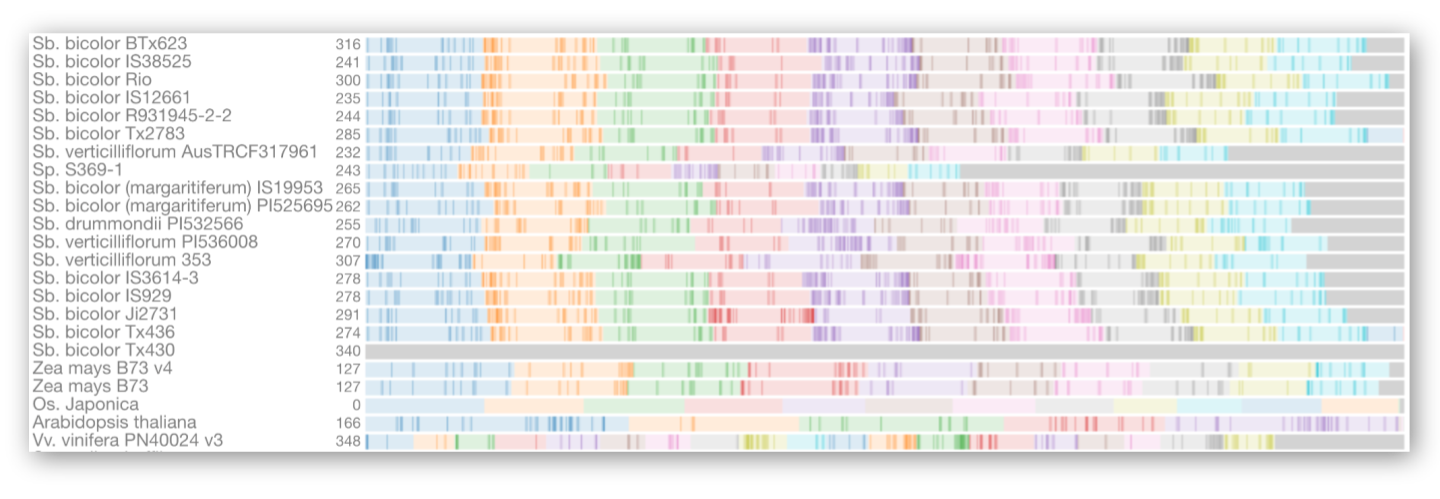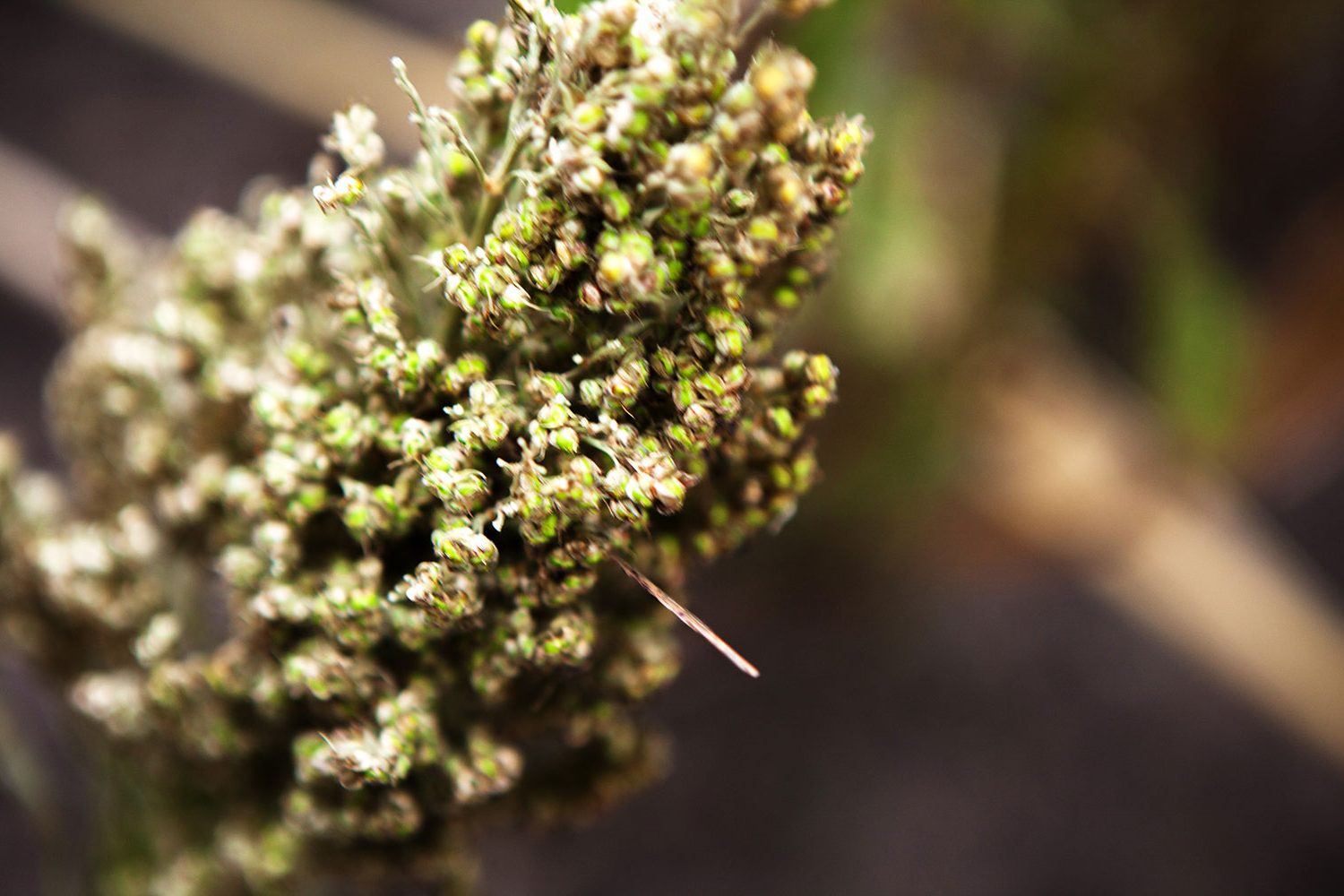Job Opportunity: Chemist/Technician to Support Barley and Malt Quality Analysis Service and Research Efforts at North Dakota State University
The Department of Plant Sciences at North Dakota State University welcomes applications for a skilled and motivated chemist/technician to support our barley and malt quality analysis service and research efforts in the Department of Plant Sciences at North Dakota State University (NDSU).






